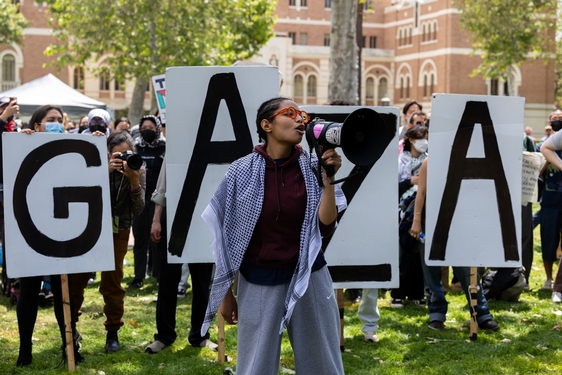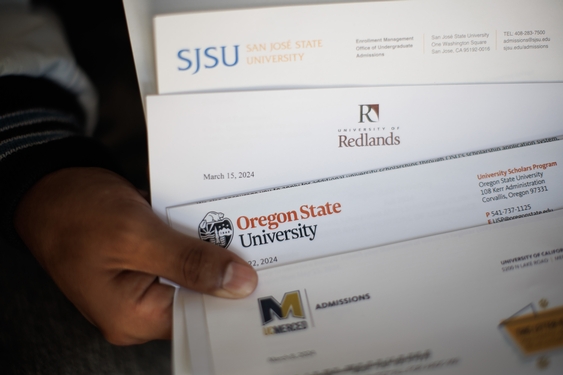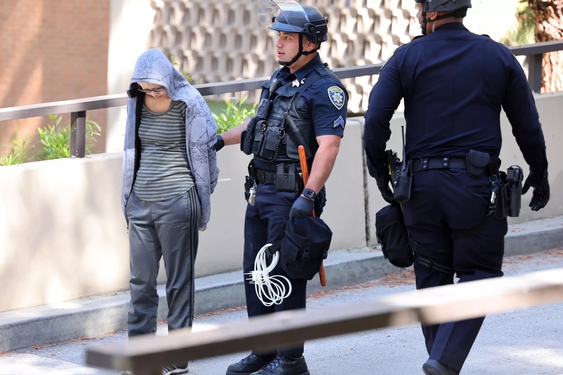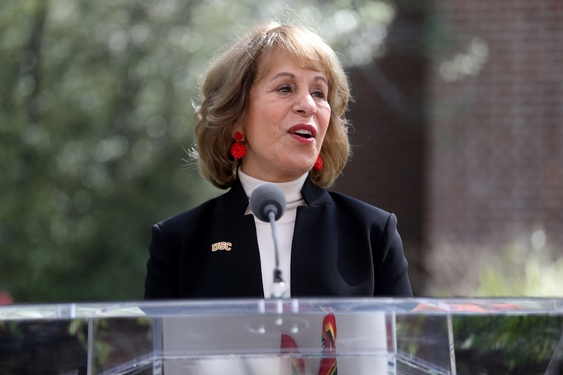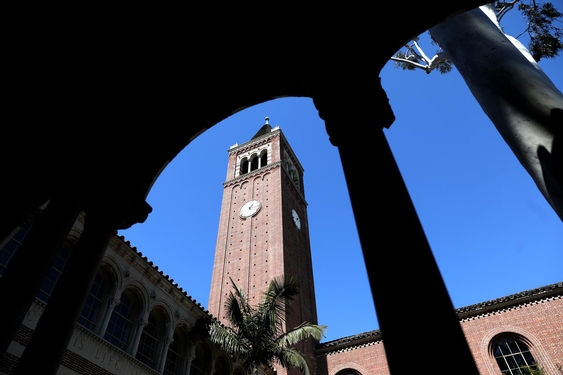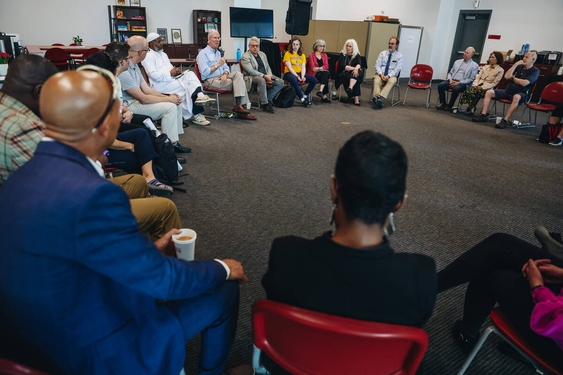The milestone follows a steady climb among Asians in the state's leading public university system. Asians account for 36 percent of California residents admitted to study at UC schools. By comparison, white students comprised 35.6 percent of those accepted; Latinos, 17.6 percent; African-Americans, 3.4 percent; and American Indians, 0.6 percent.
College counselors say Asian parents tend to focus on UC because it's affordable, prestigious and offers high value for the cost. Asian students also applied to UC schools at higher rates than other students and are more likely to enroll if admitted, officials say.
Students say they feel the growing Asian presence. “If you look around the room and count the people, a lot are Asian,” said Insiyah Nomanbhoy, 19, who is a freshman at UCLA.
Nomanbhoy, whose father is from Pakistan and mother is from Sri Lanka, graduated from Castilleja High School, a private all-girls school in Palo Alto. She applied to five UC schools as well as some private ones, including Stanford University, which she didn't get into.
Nomanbhoy says she feels more comfortable with so many Asians on campus, but she sometimes perceives some discomfort from non-Asians.
“I've heard some Caucasian people say, ‘I'm in that class with Asians, so how can I expect to do really well?' I think that's just an excuse.”
UC staff, faculty and administration remain largely white, despite the changing student body, says L. Ling-chi Wang, chairman of UC-Berkeley's ethnic studies department.
While proud of Asian students – “they should be rewarded for working hard,” he says – Wang worries about the loss of diversity on campus. “I personally enjoy teaching classes that have a good mix of races. It is more enriching and challenging to have a diversity of backgrounds.”
He also worries about an anti-Asian backlash from youth who feel excluded from the UCs. The solution is to open more campuses, Wang believes, and reach out to under-served groups.
“Since the mid-1980s, all the campuses have been inching in that direction” of increased Asians, he says.
“It is a very important challenge to the future of race relations in California,” he says. “In some ways, the UCs are 15 to 20 years ahead of the rest of the state. In this way, we are seeing further down the road.”
© 2006, San Jose Mercury News (San Jose, Calif.).
Distributed by Knight Ridder/Tribune Information Services.





